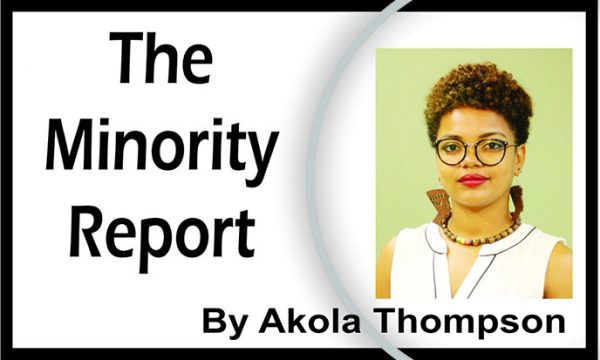
In 1995, the Medical Termination of Pregnancy Act was passed to lessen the rates of unsafe abortions that were occurring. While the passage of the most comprehensive and progressive Abortion Act in the Caribbean was a successful example of a hybrid approach towards implementation, abortion services remain inaccessible for many rural, Indigenous and poor women, demonstrating the gap between policy making and policy outcomes. After the passage of the Act, no further movement was seriously made to resource safe abortion access in the public health sector. As a result, only private institutions provided these services for years, while the public hospital continued to only treat patients ill from incomplete abortions. It was only after a challenge was brought against the GOG by the Guyana Responsible Parenthood Association in 2015, that three public hospitals began offering abortion services.
But what led to its passage in the first place? Well, there were several focusing events that led towards the passage of the MTPA. One of the leading ones was a Ministry of Health report that identified septic and incomplete abortions as being one of the largest strains on the public health system. Framed against the backdrop of the deaths and sterilisations caused by unsafe abortions as being a public health crisis, there was more public buy-in of the urgent need for safe abortions.
Largely, it was driven by civil society, with many members forming the Pro-Reform Group (PRG) which consisted of civil society actors, lawyers, researchers and medical health professionals, all collaborating with the Government of Guyana to assess the socioeconomic costs of unsafe abortions in the country. It helped that the two major parties had a socialist/marxist ideological filter that resulted in across the board political will to move forward with the MTPA. Utilising both a top-down and bottom up approach, the PRG was able to successfully relay the needs of women and girls from both a research-backed and personalised perspective, while government leaders were able to successfully draft the policy and liaise with other relevant stakeholders to secure the needed outcome.
The religious sector, which was the largest bloc against its passage, did not help their case when they began to utilise Western anti-abortion strategies that many considered aggressive and gruesome. With the strategies used by the Christian right, many who were neutral or against the abortion act, began shifting towards an enhanced understanding of it and the goals it sought to achieve. It allowed for a window of opportunity where policy entrepreneurs in the PRG were able to utilise religious leaders to speak in support of the abortion act, thus chipping away at the perception that the religious sector was monolithic in their belief on the issue.
The media of course, also had a large role to play as its sustained sensitization on the issue played a big role in public education. Utilising both broadcast methods and newspapers, the PRG was able to successfully promote information on the importance of the abortion act by challenging many of the myths surrounding it, the impacts of unsafe abortions, and sharing true accounts on their impact on persons’ lives. These focusing events created several political and social windows of opportunity which highlighted the social costs of unsafe abortions, thus paving the way for the passage of the MTPA. These focusing events emphasised the need for the government to be an active collaborator in the shaping of policies that can be deemed “taboo” to promote public education and buy-in.
While passage of the 1995 MTPA allows for persons to seek abortions without cumbersome
restrictions, maternal deaths caused by unsafe abortions remain an issue as abortion remains
inaccessible to many, particularly those who are poor. While theoretically, the green light was given for public hospitals to provide abortion services, they only continued treating incomplete abortions and only in 2015 began offering the service after a legal challenge. The lack of government backed awareness campaigns on abortion have also resulted in large sections of the population being unaware that abortion is legal, maintaining high levels of unsafe abortions. The Ministry of Health Assessment of Emergency Obstetric and Newborn Care in Maternity Facilities 2010 (EmONC Report, 2012), found that severe abortion complications are the fourth leading cause of maternal deaths in Guyana and that approximately a third of all terminations of pregnancy are incomplete, in some cases with severe complications, and all requiring post-abortion medical care, demonstrating that unsafe abortions are still very common.
Achieving the objectives of the MTPA would mean additional resources being plugged into the healthcare sector, specifically for abortion services. This of course needs to be decentralised to ensure that women in various regions of Guyana have access to these services at their local health centres. This would also necessitate the training and certification of healthcare professionals focused on abortion care as currently, the number of these is very limited. Removal of fees paid by doctors to perform abortions also needs to be looked at, as it can be quite restrictive. These measures, in addition to government-backed public education campaigns focused on sexual and reproductive healthcare, will contribute towards significantly lower rates of unplanned pregnancies and abortions, and lower death rates from unsafe abortions.





